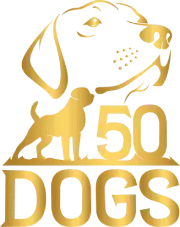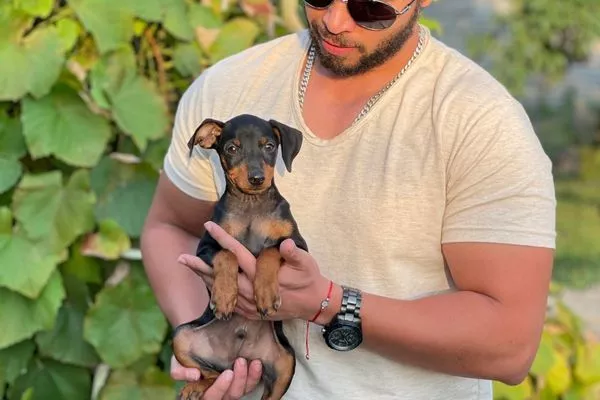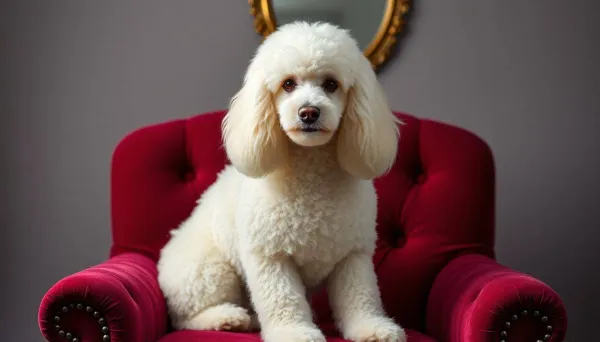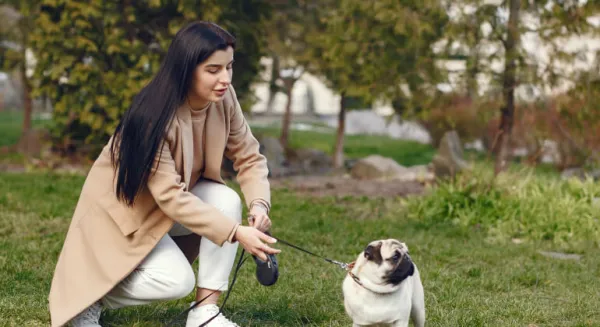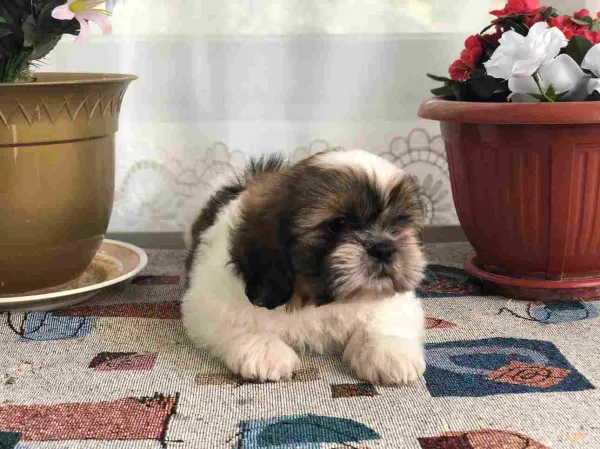Discover everything about the Miniature Pinscher breed – personality, grooming, health, and training tips. A must-read for dog lovers and potential Mini Pin owners!
Nicknamed the “King of Toys,” the Miniature Pinscher is a small dog with a big attitude. Don’t let its size fool you — this little dog is confident, energetic, and fiercely loyal. Whether you're considering adding one to your family or simply want to learn more, this breed guide has everything you need to know.
| Feature | Details |
|---|---|
| Breed Name | Miniature Pinscher |
| Origin | Germany |
| Group | Toy Group |
| Size | Small |
| Weight | 8–12 lbs (3.6–5.4 kg) |
| Height | 10–12.5 inches (25–32 cm) |
| Lifespan | 12–16 years |
| Coat Type | Short, smooth |
| Coat Colors | Black & Rust, Chocolate & Rust, Red, Stag Red |
| Temperament | Bold, Alert, Energetic, Fearless |
History and Origins
Despite its resemblance to the Doberman Pinscher, the Miniature Pinscher (or "Min Pin") is not a mini version. This breed actually predates the Doberman and was developed in Germany for hunting rats in homes and stables. It is believed to be a mix of Dachshund, Italian Greyhound, and German Pinscher.
Temperament and Personality
Miniature Pinschers are:
Extremely confident and independent
Highly alert – making them excellent watchdogs
Energetic and playful, especially with family
Sometimes stubborn but trainable with consistency
They're great for experienced dog owners who can handle a strong-willed dog in a small package.
Exercise and Activity Needs
Don't underestimate their need for exercise. Despite their small size, Mini Pins are highly active and require:
30–60 minutes of daily exercise
Puzzle toys and interactive games
Short walks, agility training, or fetch sessions
Tip: A bored Min Pin can be a destructive one.
Grooming and Care
Grooming is easy with their short, sleek coat:
Weekly brushing is enough to keep shedding under control
Bathe only as needed
Clean ears and trim nails regularly
Dental hygiene is important – brush their teeth 2–3 times a week
Feeding and Nutrition
Feed your Miniature Pinscher a high-quality small-breed dog food, rich in protein and essential nutrients. Avoid overfeeding, as this breed can gain weight easily.
Puppies: 3 meals/day
Adults: 2 meals/day
Always provide fresh, clean water
Training Tips
Early socialization and training are key. Mini Pins can be headstrong but respond well to positive reinforcement.
Use treats and praise
Be patient and consistent
Start crate and house training early
Pro Tip: Enroll in puppy training classes to build confidence and social skills.
Ideal Home Environment
Miniature Pinschers thrive in:
Apartments or homes with fenced yards
Homes without very young children (due to their fragility)
Families who can offer attention, structure, and activity
They do not tolerate cold weather well — a warm coat or sweater in winter is recommended.
Final Thoughts
If you're looking for a bold and entertaining small dog, the Miniature Pinscher may be your perfect match. Their confidence and loyalty shine when given love, attention, and structure. Be prepared to be owned by this royal toy breed!

